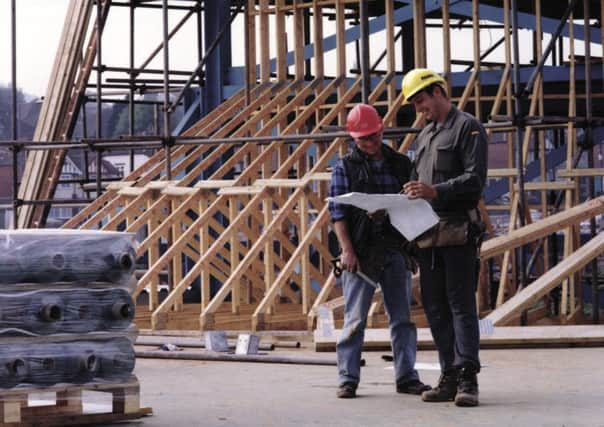Tips on how to get ready for a remodel or extension


More of us are choosing to improve rather than move and for many that means remodelling or extending an existing home.
The key to success with any property project is to do your homework and and plan ahead as those who rush in usually live to regret it.
Here are some tips on how to prepare:
Advertisement
Hide AdAdvertisement
Hide Ad*The first consideration must be whether the work you do will increase the value of your home. It makes financial sense to at least break even, especially if you are planning to sell the property within five years.
It may be better to move to a property that better suits your needs, though add in the cost of buying and selling, including stamp duty, legal fees, estate agency fees and removal costs.
*If your remodel includes knocking down load-bearing walls, remove a space-guzzling chimney breast or move staircases then you will need to make an application to the local authority building regulations department. You shouldn’t need planning permission unless you have a listed property. Removing a chimney breast from a party wall (one that adjoins the property next door) requires you to serve your neighbour with a written notice telling them of your plans and asking for their consent. This must be done two months prior to the work taking place.
You may need a structural engineer to confirm whether a wall can be demolished and how the load can be supported if it is. He or she will also provide the calculations needed for building regulation documents. The cost of this is generally between £500 and £1,500. Once the work is complete, building inspectors will examine it and, if they are happy, they will issue a building completion certificate.
Advertisement
Hide AdAdvertisement
Hide Ad*If you want to extend your property then check whether your extension comes under permitted development or whether you need planning permission. Permitted Development rights have been extended but they do not apply to listed buildings, flats, maisonettes and properties in conservation areas, National Parks, Areas of Outstanding Natural Beauty and World Heritage Sites. Make absolutely sure by checking your proposed extension with the local authority.
Permitted Development extensions include single-storey rear extensions no higher than four metres, which can project out by three metres for attached properties and four metres for detached homes. For a single-storey side extension under Permitted Development, you can go up by four metres but the projection must be no more than half the width of the main home. You can also build two-storey extensions via PD rights but these must not project more than three metres from the main house and must not be closer than seven metres to the boundary facing the extension. As with all PD extensions, the work must not result in more than 50 per cent plot coverage, which includes additions built after 1948.
If you are doing a large PD extension you need to notify the local authority under the Neighbourhood Consultation Scheme and they will inform your neighbours of the planned development. If you need to apply for planning permission, then it pays to get an architect to draw formal plans. He or she will also offer advise on the best way to approach the planning authority. If there is any doubt about the success of an application, invest in a planning consultant. This could cost £1,000-plus but a good operator will enhance your chances of gaining approval. Most planning authorities make a decision within eight to 12 weeks but it can be longer. For more details visit www.planningportal.co.uk
*A good architect can make all the difference. Their expertise can deliver ideas that will improve the look, feel and usability of a space. Find one at www.architecture.com
Advertisement
Hide AdAdvertisement
Hide Ad*You should get at least three quotes from builders. Finding a builder is not easy and often the best way can be via word of mouth. You can also visit the Federation of Master Builders website, www.fmb.org. You will probably have to wait for the best and they may not be the cheapest. If someone tells you they can start right away then alarm bells should ring.